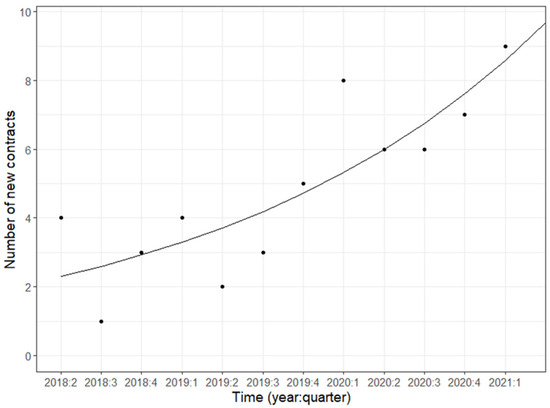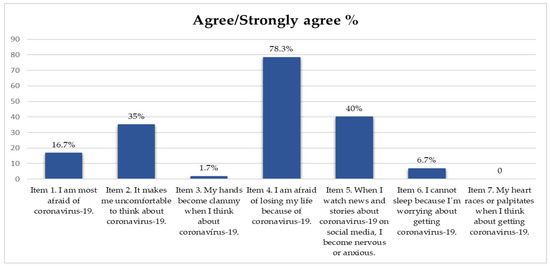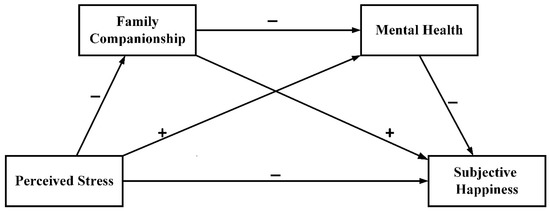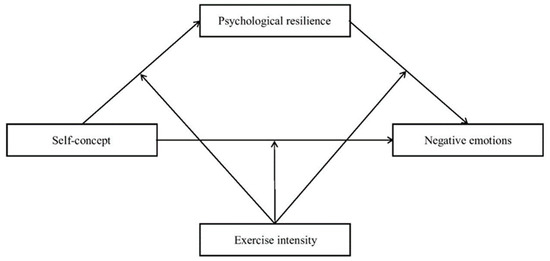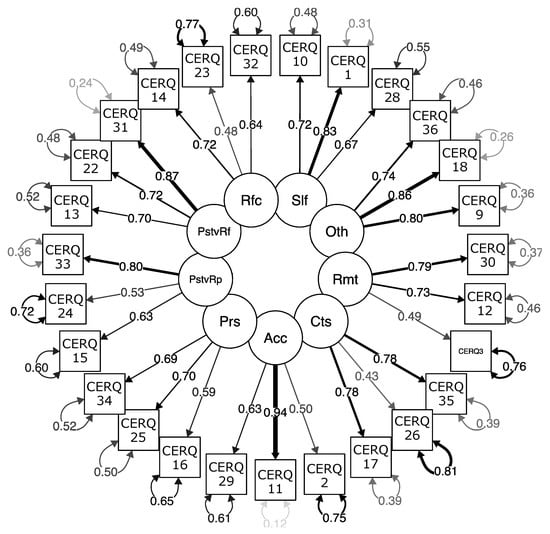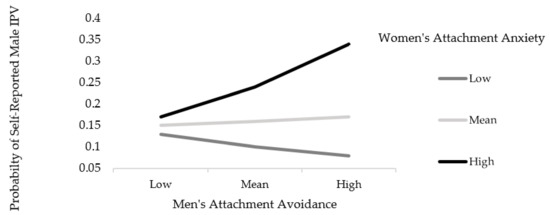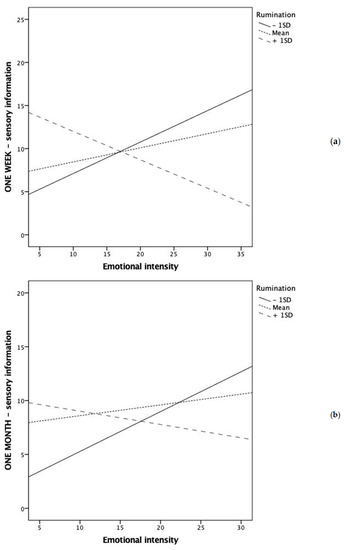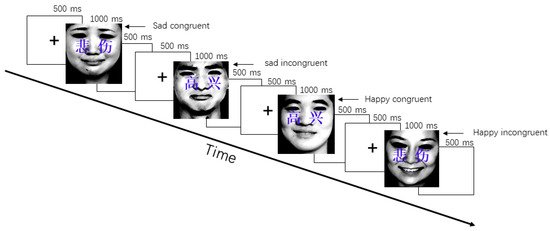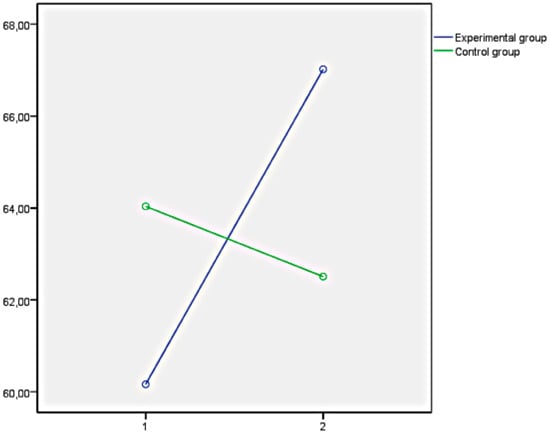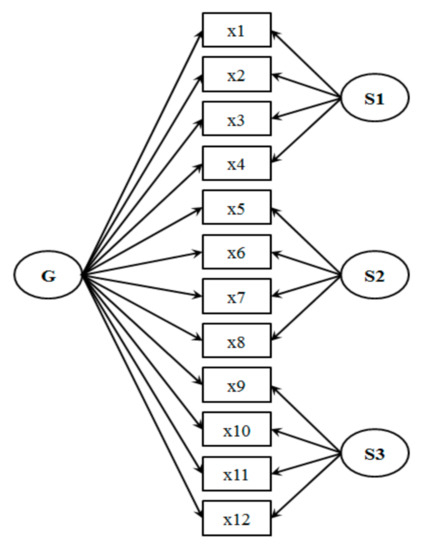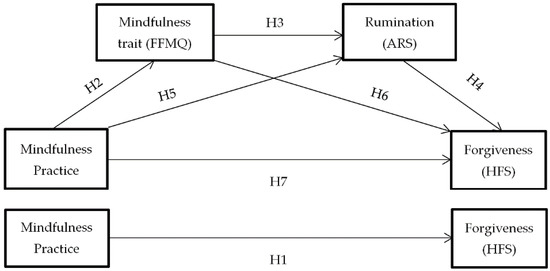Emotional Regulation and Mental Health
A topical collection in International Journal of Environmental Research and Public Health (ISSN 1660-4601). This collection belongs to the section "Behavioral and Mental Health".
Viewed by 137023Editors
Interests: anxiety disorders; social skills; impulse control; bullying; neuroeducation
Interests: network analysis; observational methods; methodology; measurement
Special Issues, Collections and Topics in MDPI journals
Topical Collection Information
Dear Colleagues,
Emotional regulation has proven to be an effective moderator of mental health problems, and it is considered essential for optimal health (Gross and Munoz, 1995). At the same time, emotional dysregulation and poor emotional control have been associated with several specific psychological disorders and general health problems (Pylypow, Quinn, Duncan and Balbuena, 2020). The growing scientific interest in personal and interpersonal processes and skills which promote emotional regulation has been made evident by the increase in publications in the last 30 years. This proliferation of research has underscored the important role that emotional regulation can play in the assessment, treatment, and prevention of diverse problems of mental health. Nevertheless, it is still necessary to answer multiple questions with respect to the development of valid and reliable instruments to assess emotional dysregulation: What proportion of mental health problems are related to deficits in emotional regulation? What are the most optimal ways of improving emotional regulation associated with problems in mental health? How can effective intervention programs be developed? With this in mind, we invite researchers to submit papers on the aforementioned topics to be considered for publication in this Topical Collection dedicated to emotional regulation.
Prof. Dr. María Jesús Irurtia
Dr. Jairo Rodríguez-Medina
Prof. Dr. Arthur L. Cantos
Collection Editors
Manuscript Submission Information
Manuscripts should be submitted online at www.mdpi.com by registering and logging in to this website. Once you are registered, click here to go to the submission form. Manuscripts can be submitted until the deadline. All submissions that pass pre-check are peer-reviewed. Accepted papers will be published continuously in the journal (as soon as accepted) and will be listed together on the collection website. Research articles, review articles as well as short communications are invited. For planned papers, a title and short abstract (about 100 words) can be sent to the Editorial Office for announcement on this website.
Submitted manuscripts should not have been published previously, nor be under consideration for publication elsewhere (except conference proceedings papers). All manuscripts are thoroughly refereed through a single-blind peer-review process. A guide for authors and other relevant information for submission of manuscripts is available on the Instructions for Authors page. International Journal of Environmental Research and Public Health is an international peer-reviewed open access monthly journal published by MDPI.
Please visit the Instructions for Authors page before submitting a manuscript. The Article Processing Charge (APC) for publication in this open access journal is 2500 CHF (Swiss Francs). Submitted papers should be well formatted and use good English. Authors may use MDPI's English editing service prior to publication or during author revisions.
Keywords
- anxiety
- assessment
- attention
- depression
- development of emotional regulation
- emotional dysregulation
- emotional regulation
- mental health
- program evaluation
- self-control
- stress






